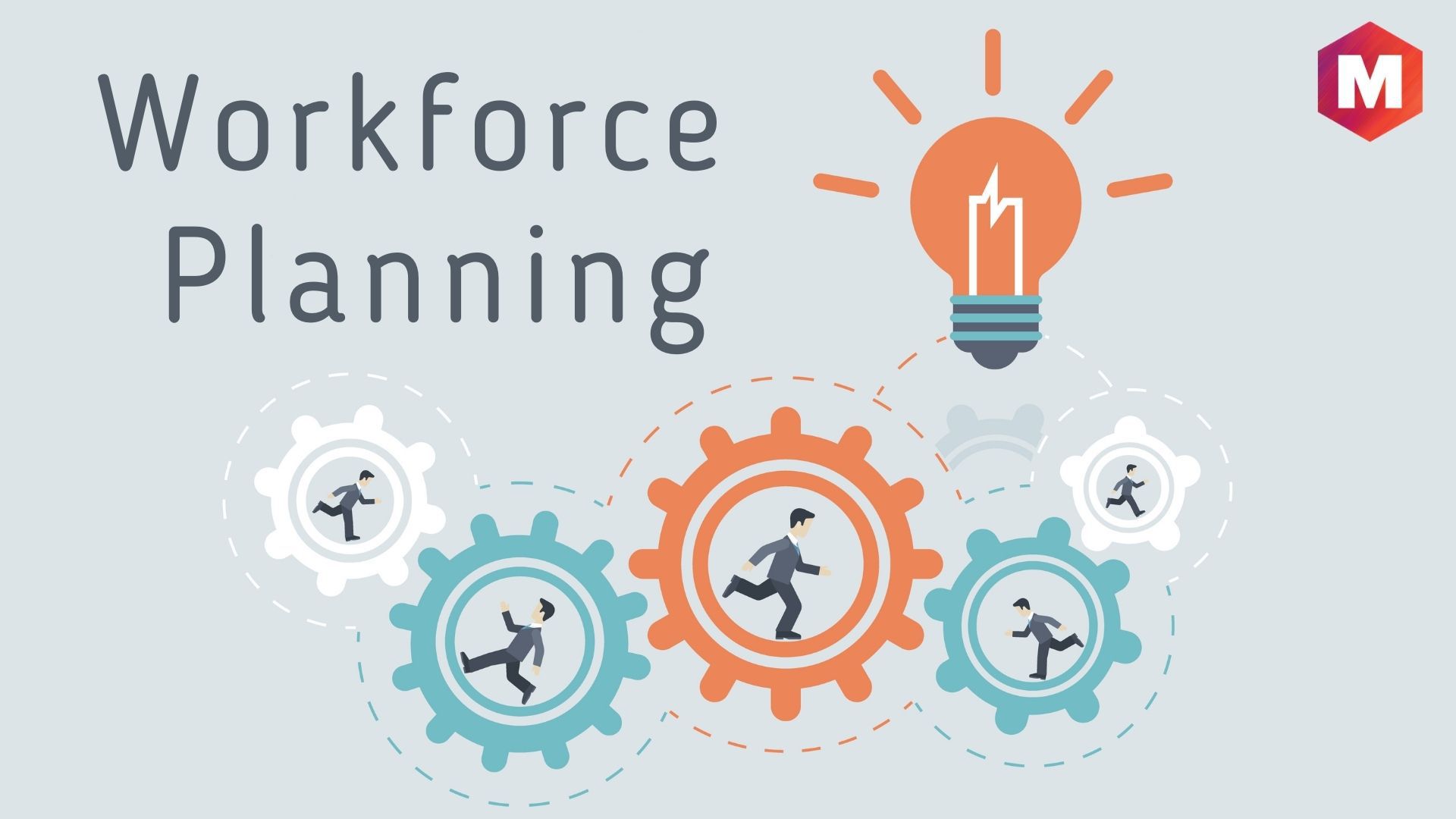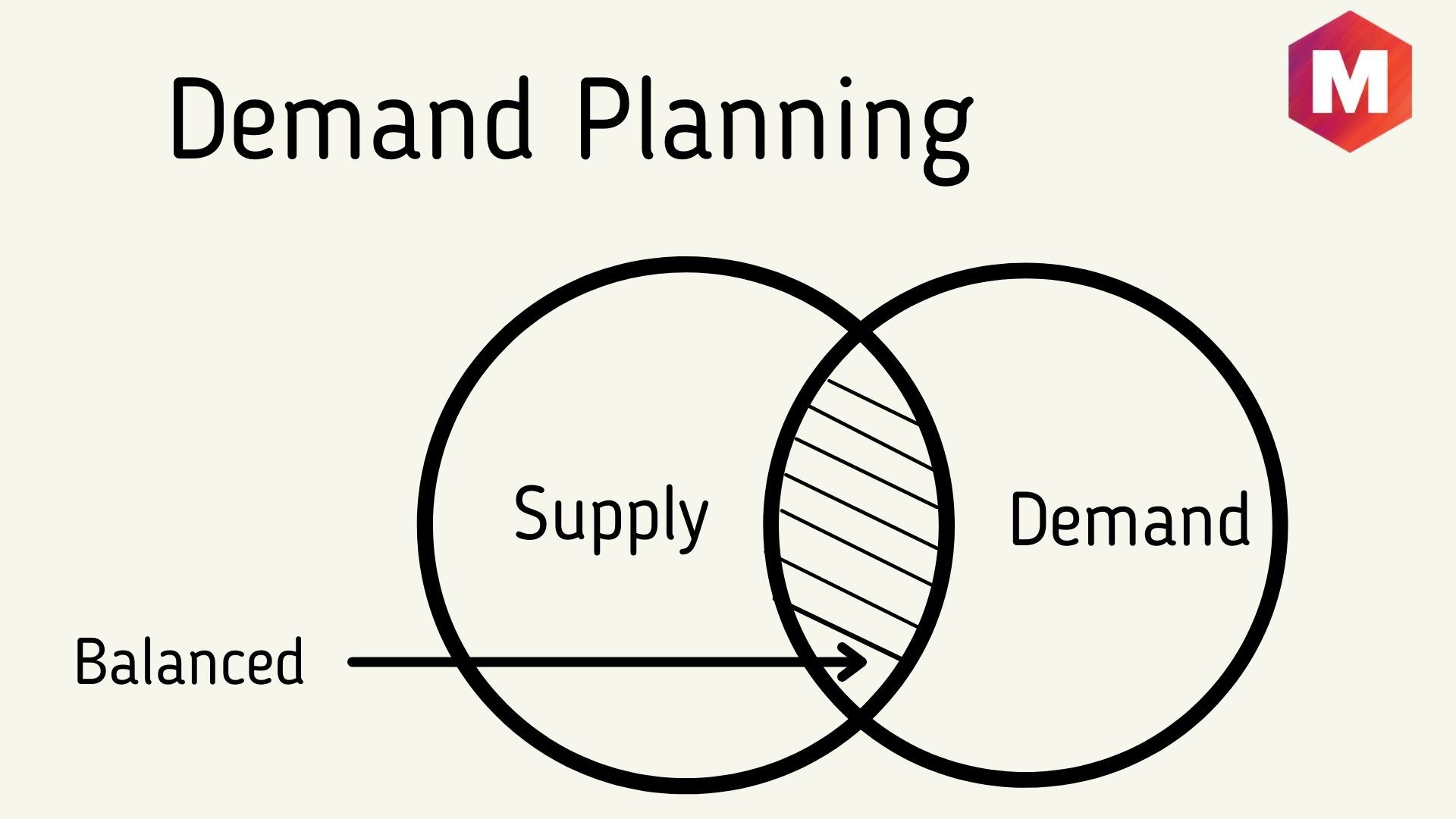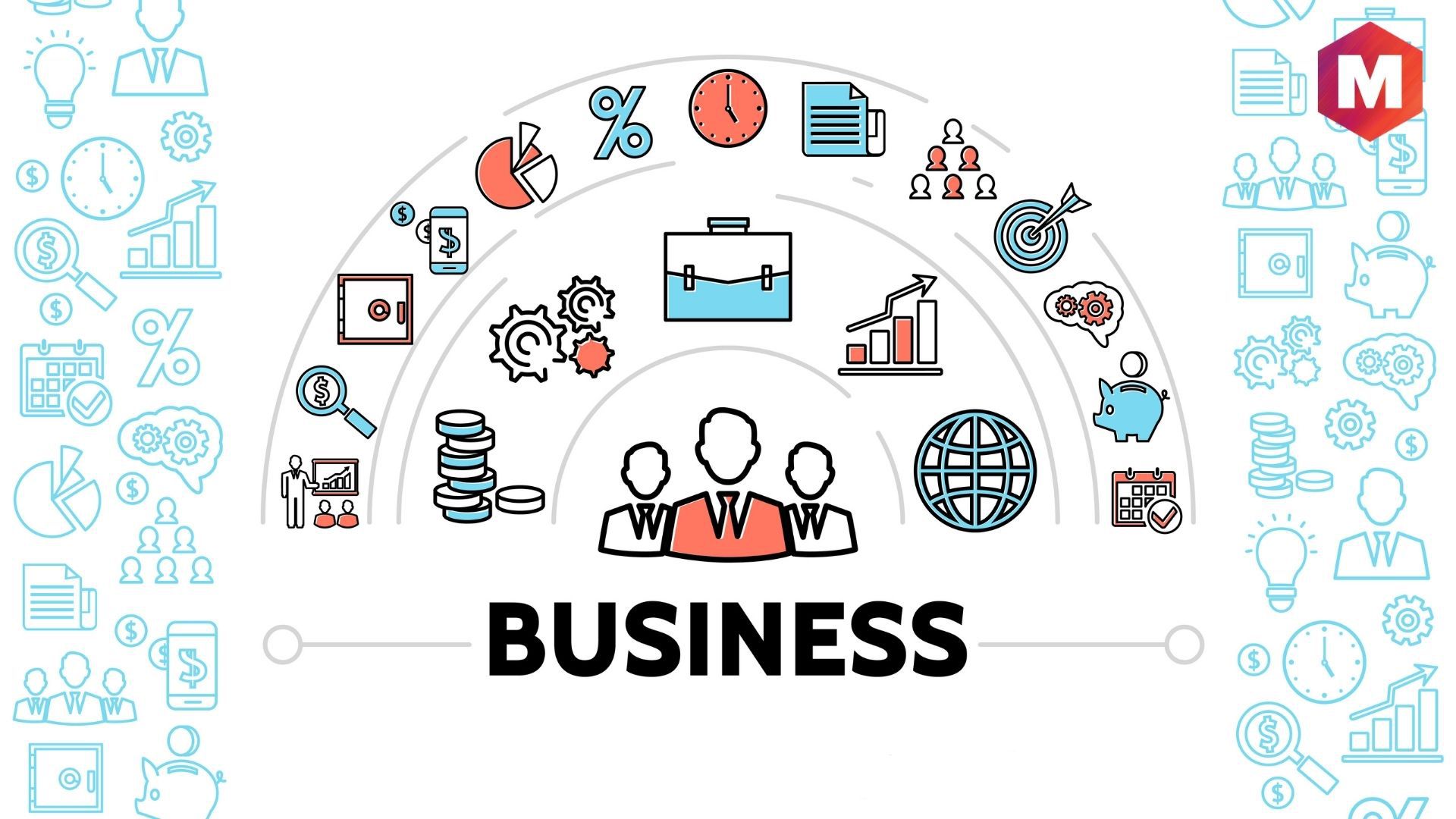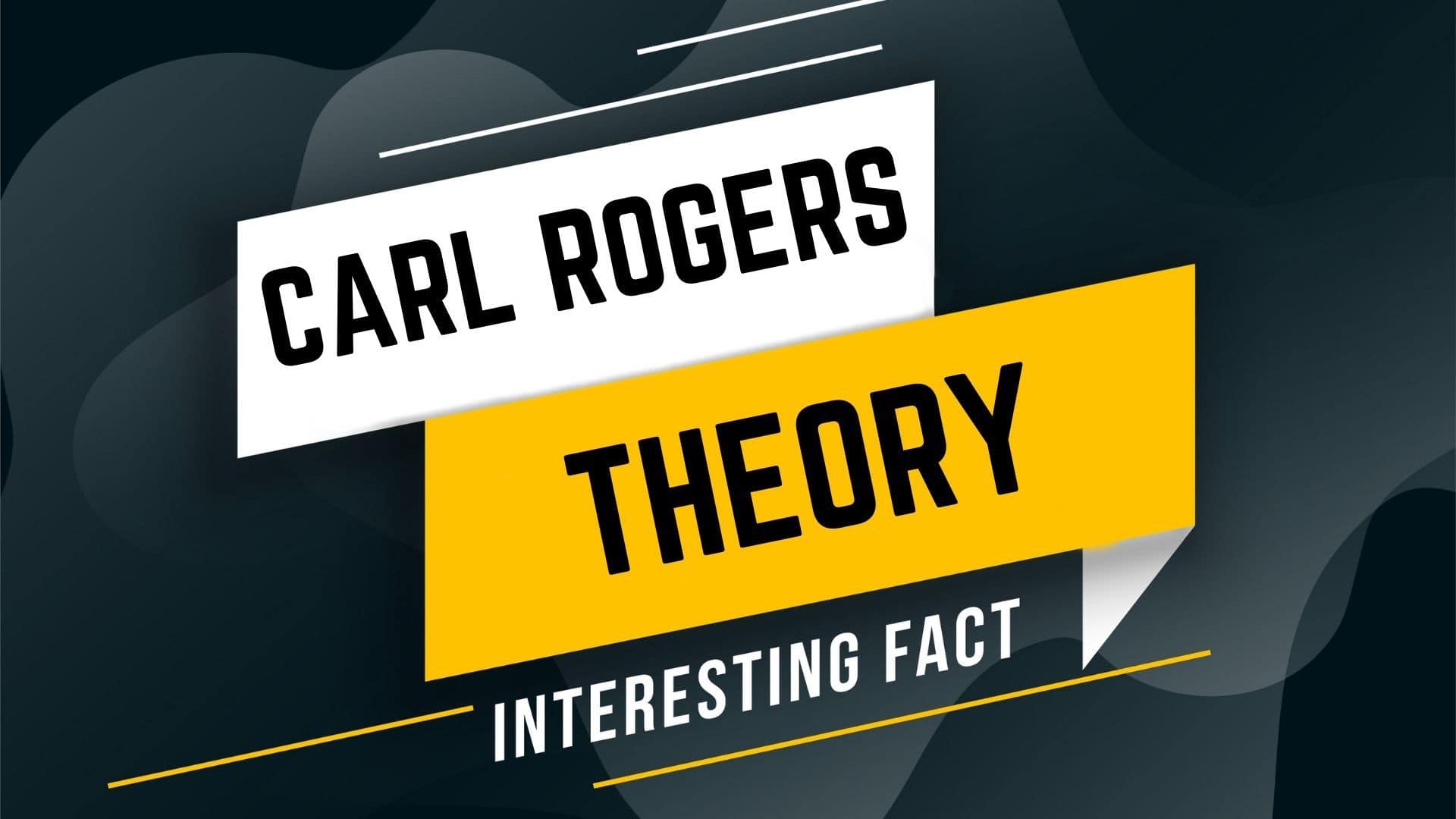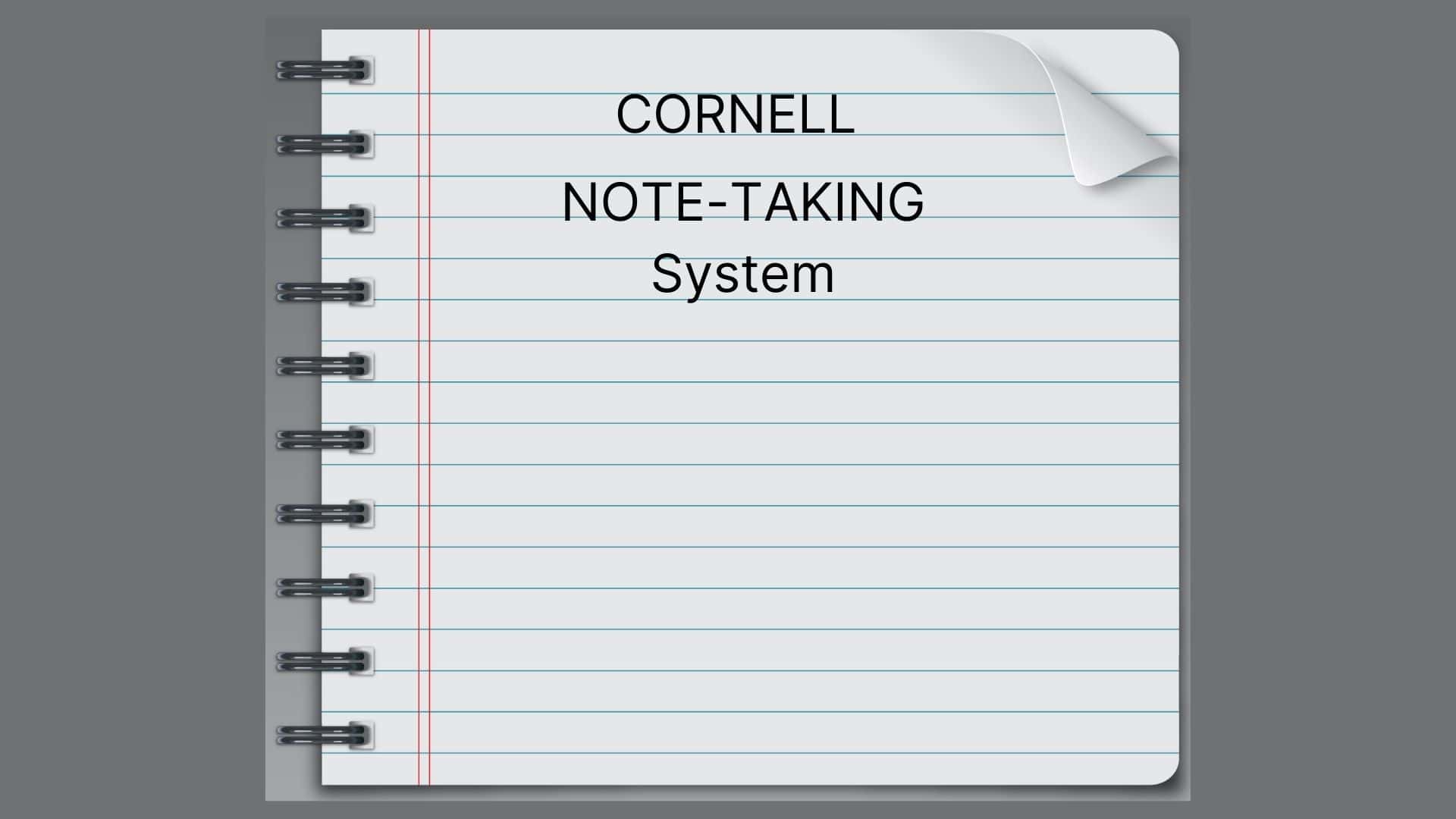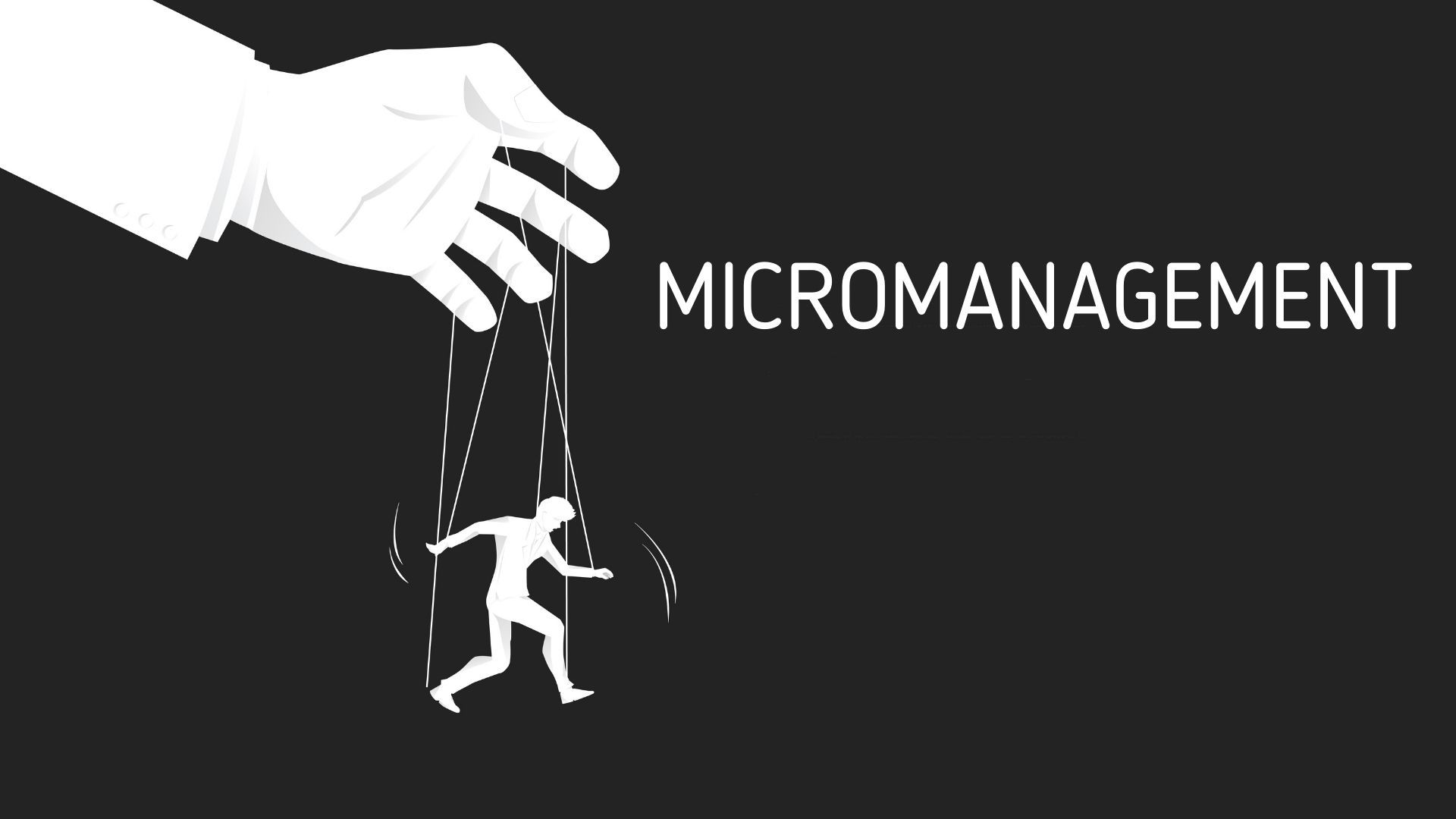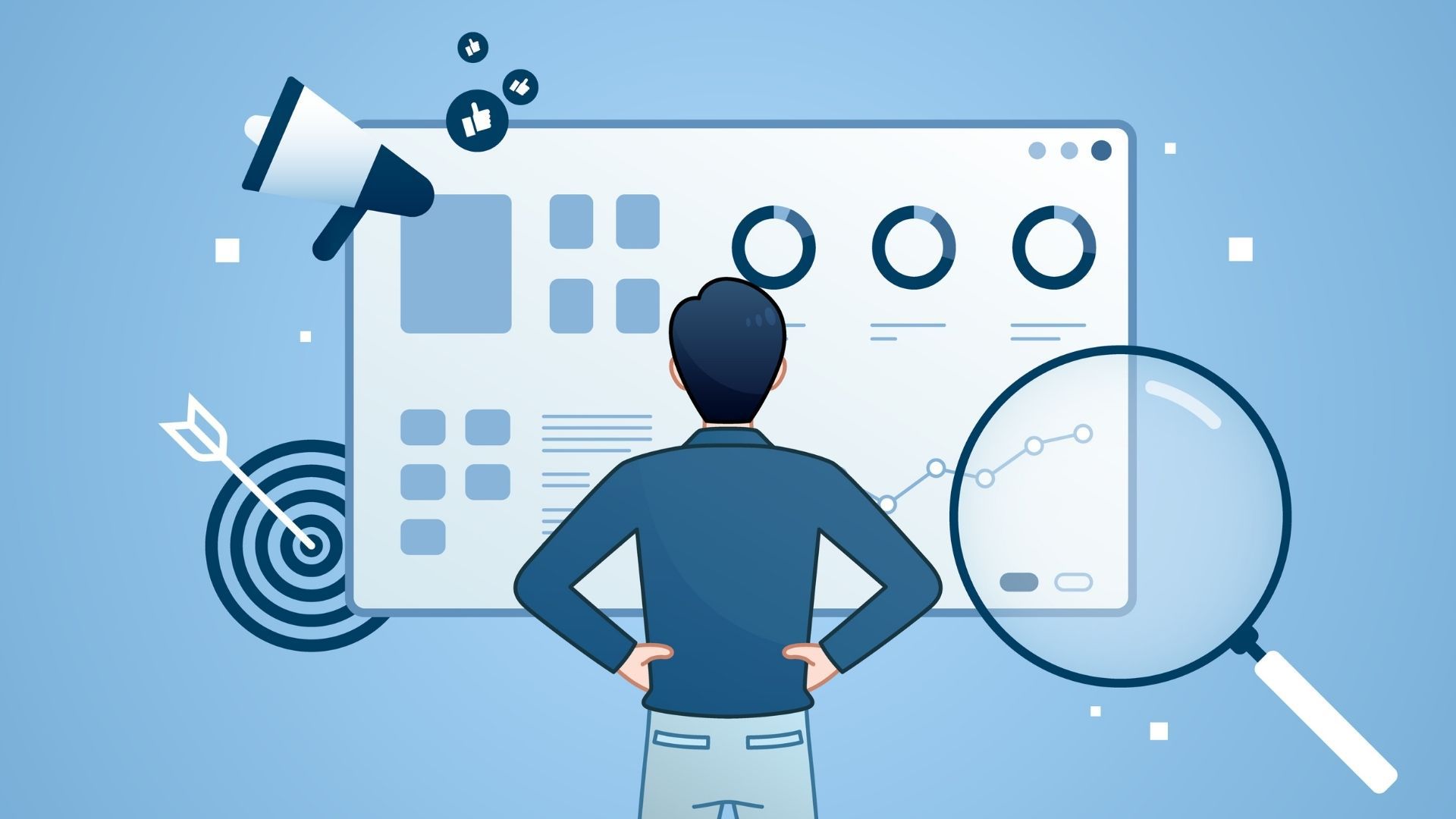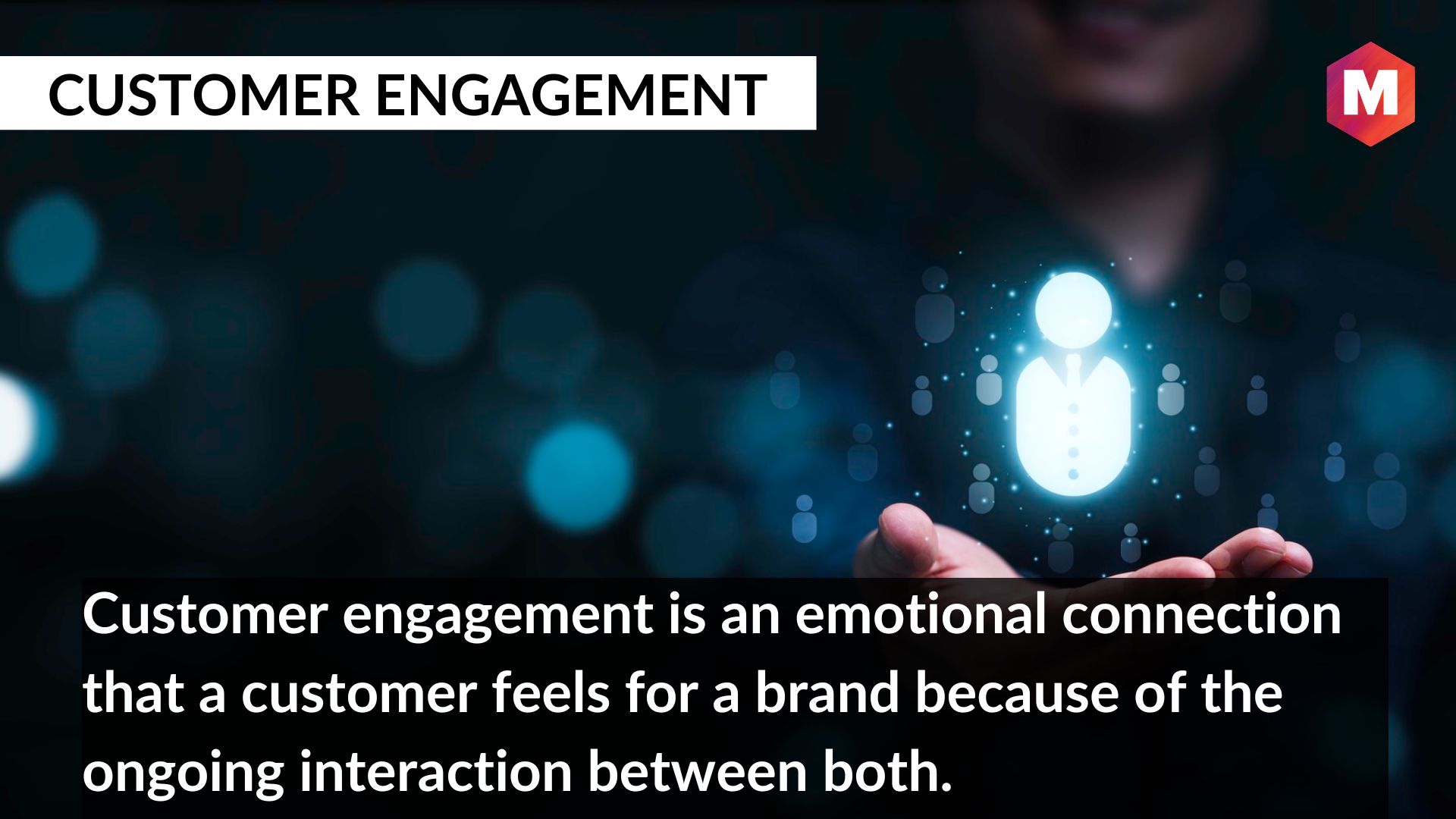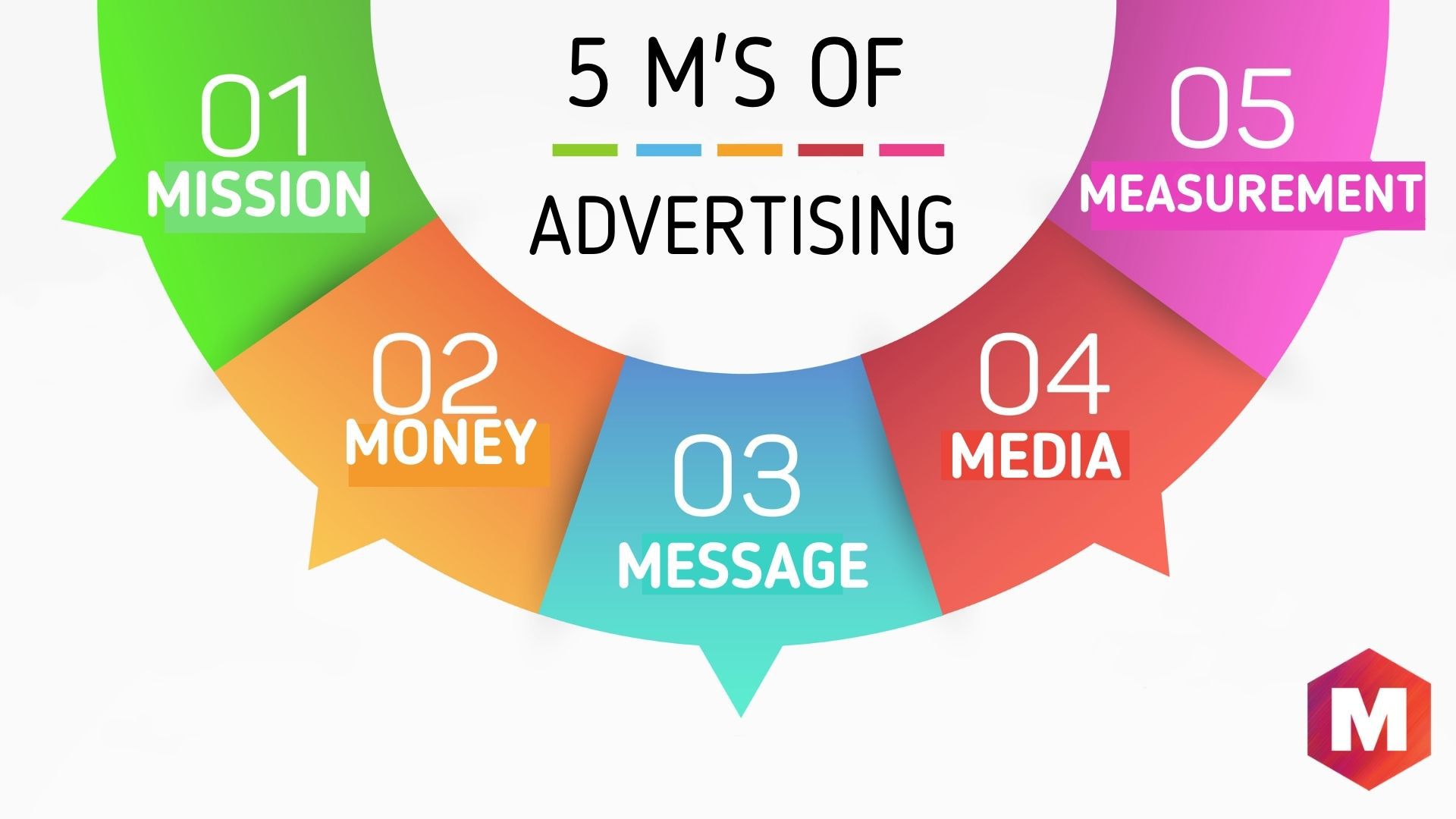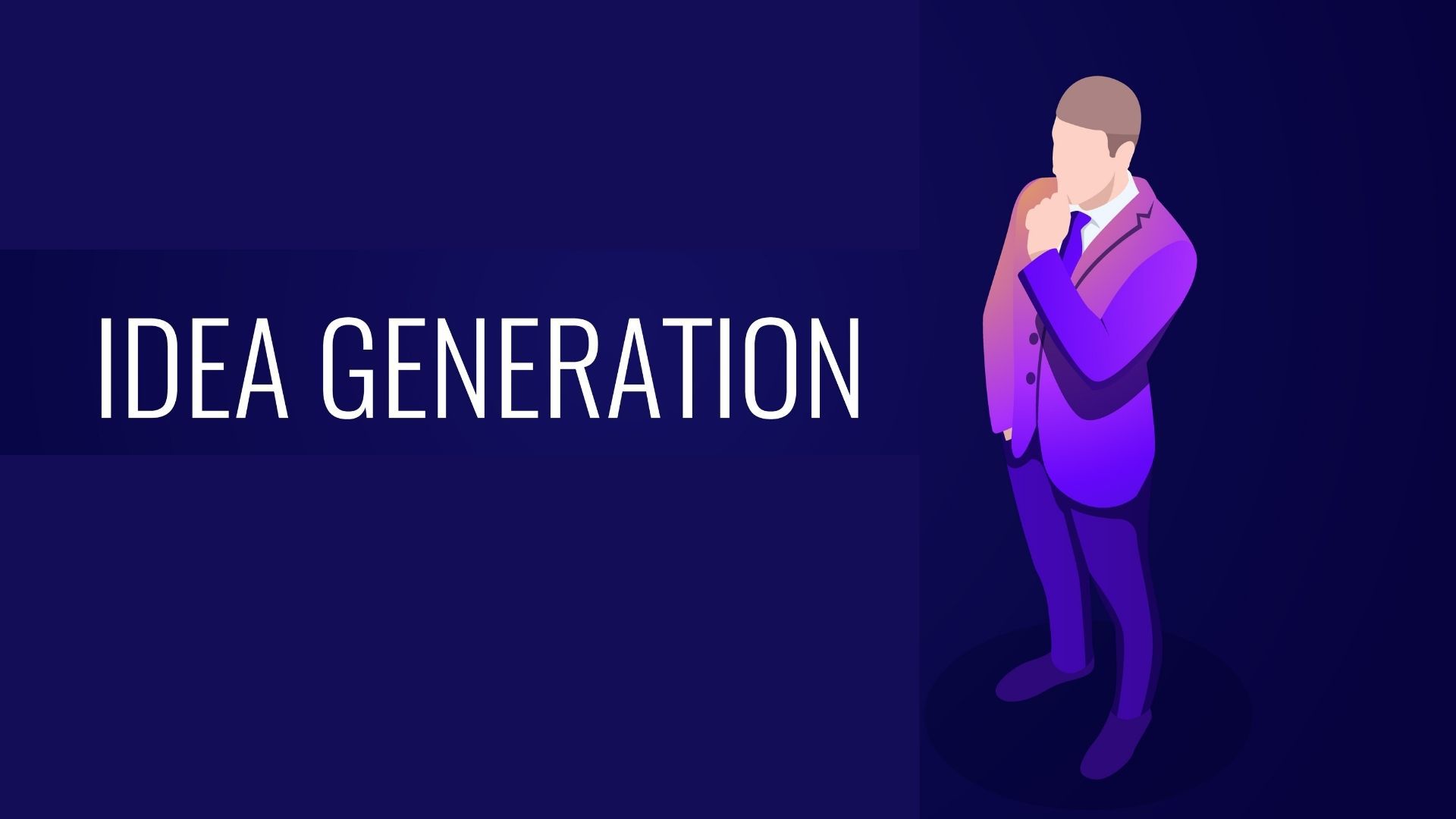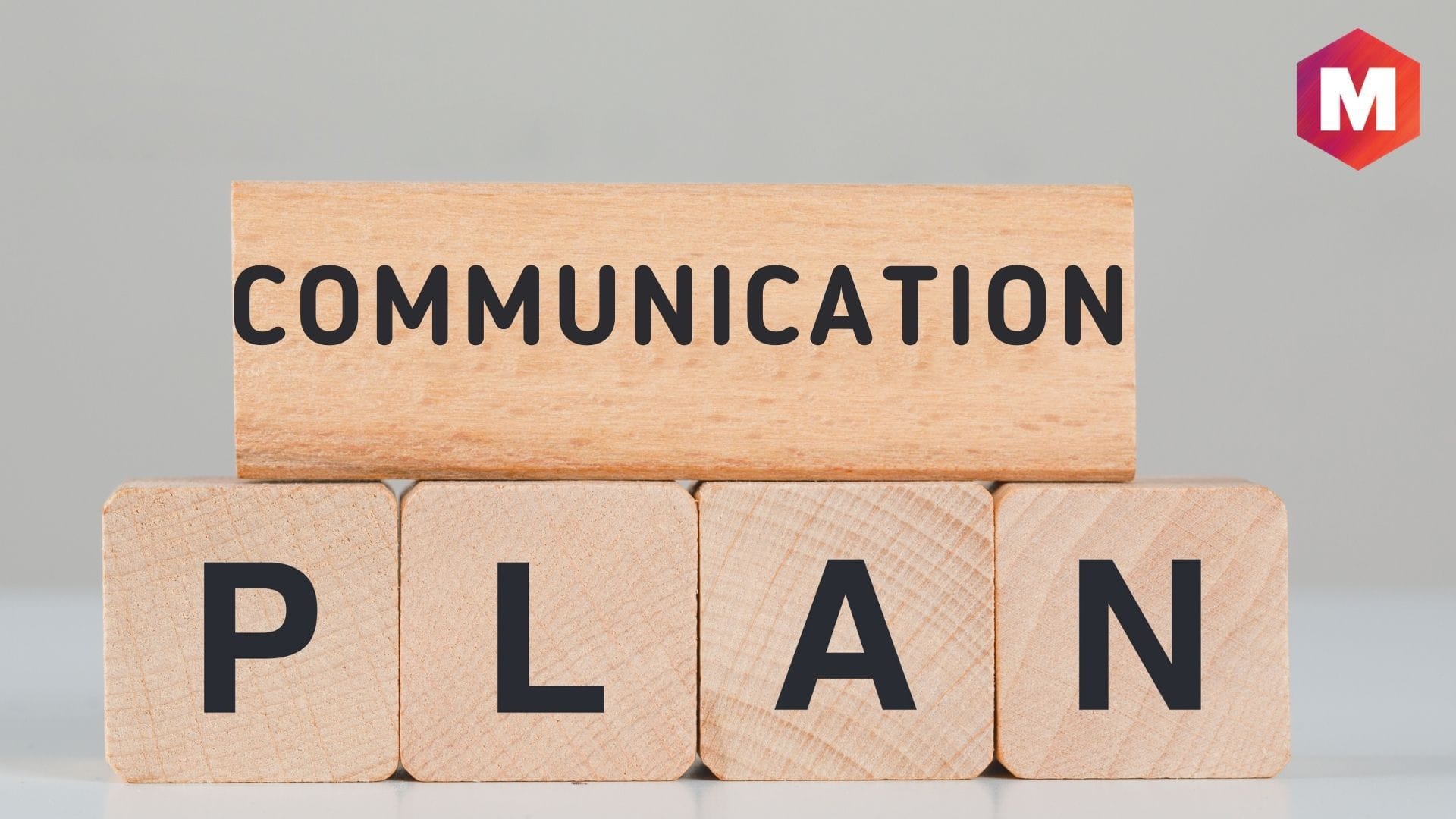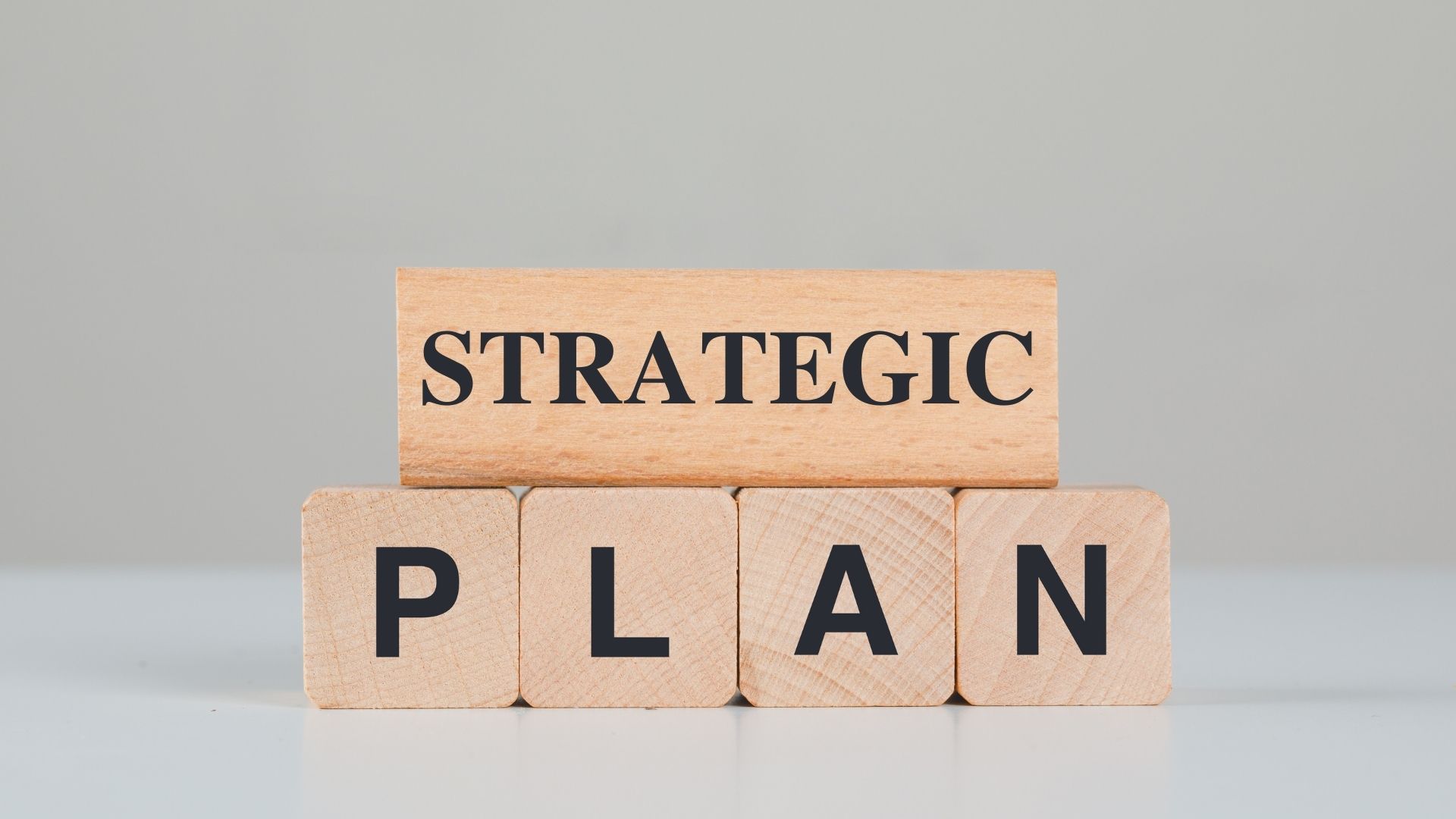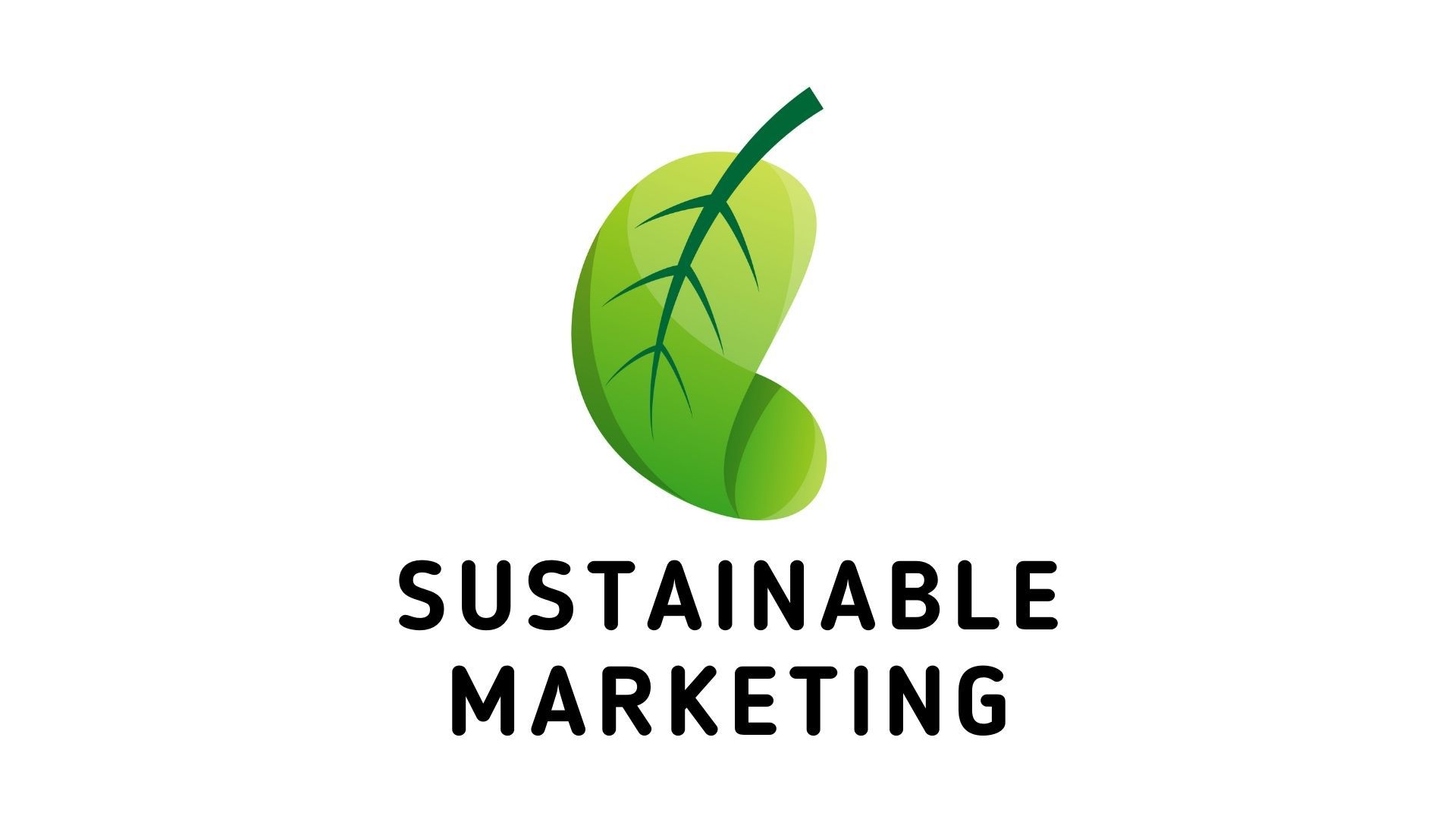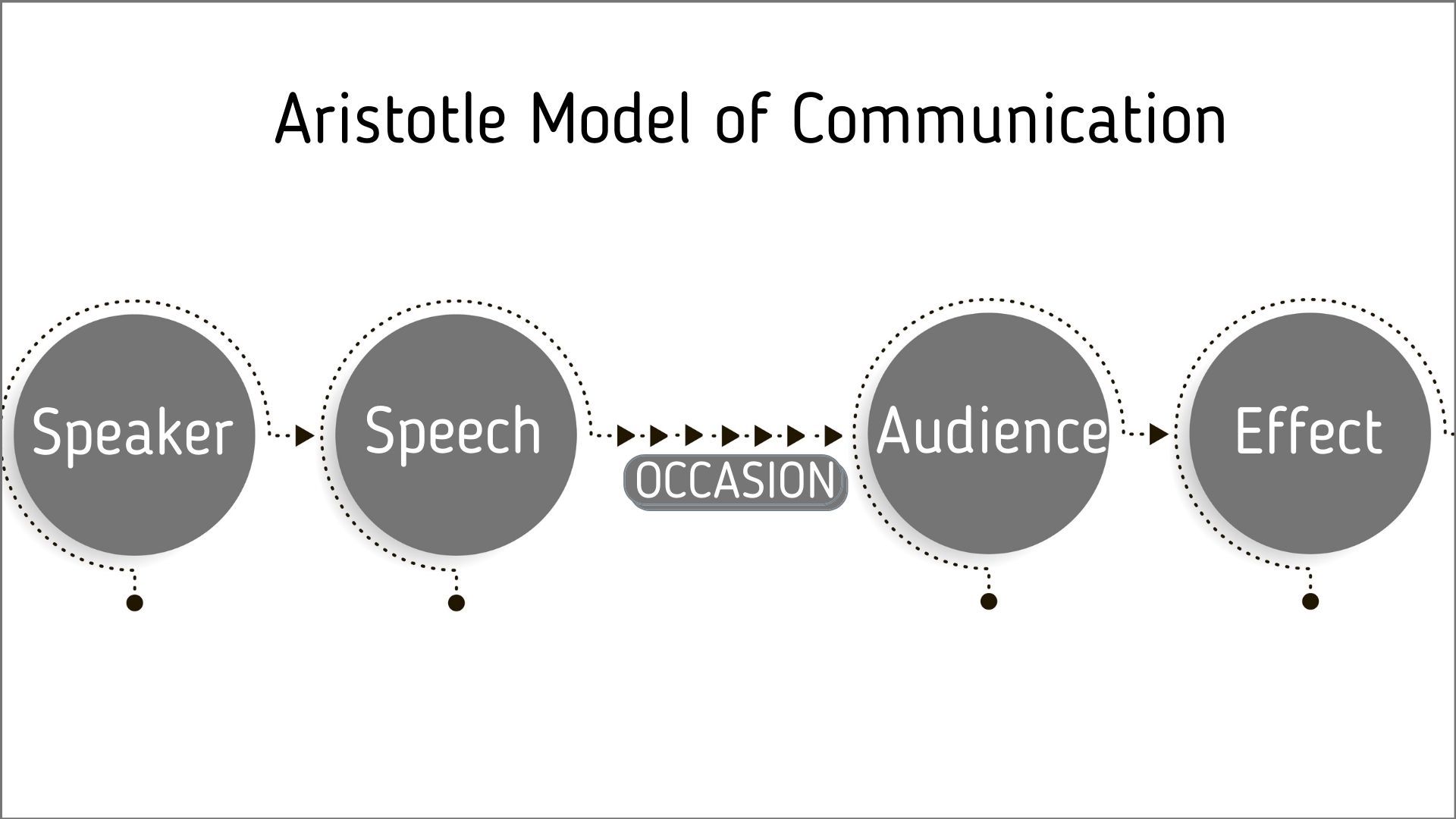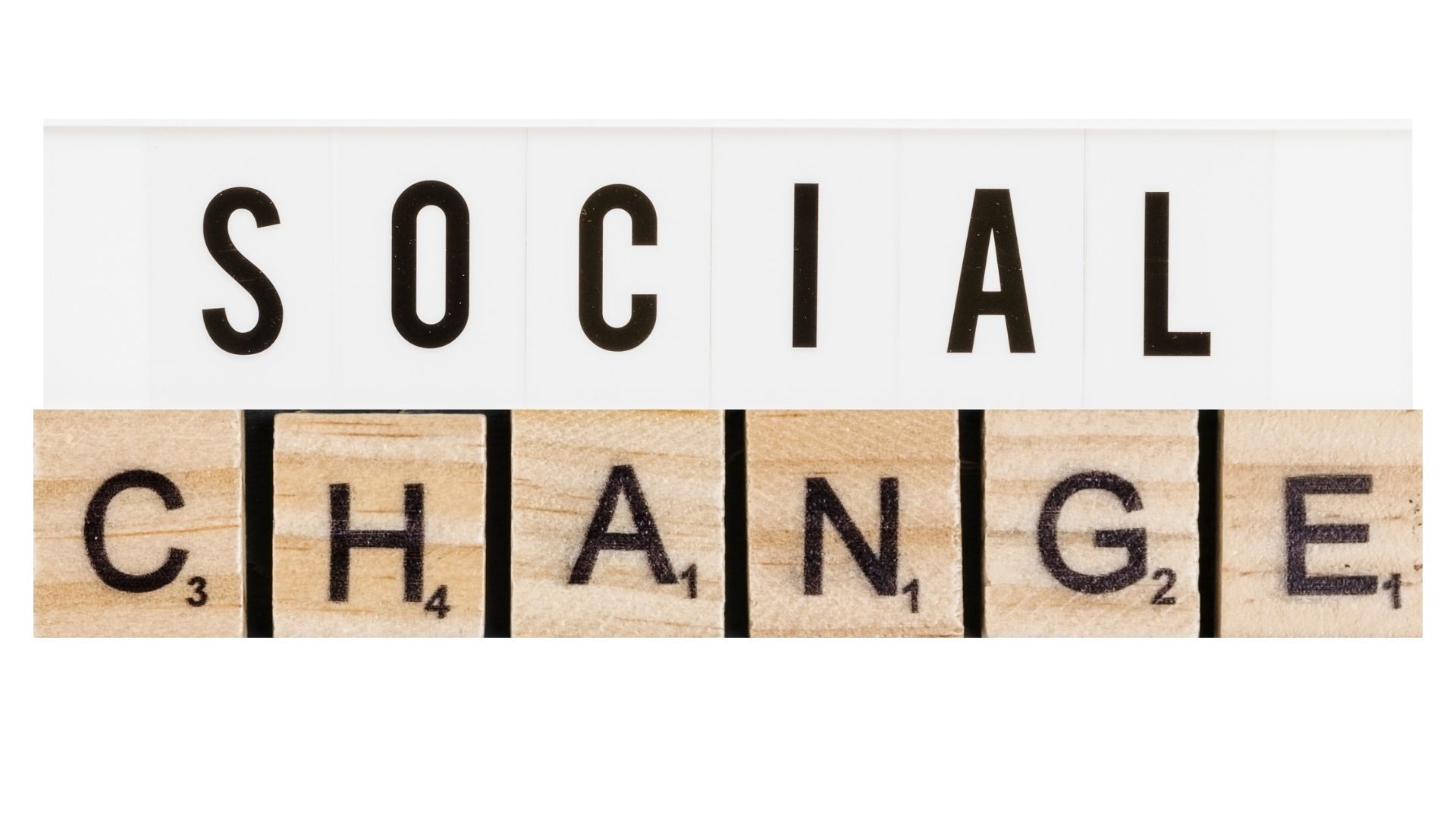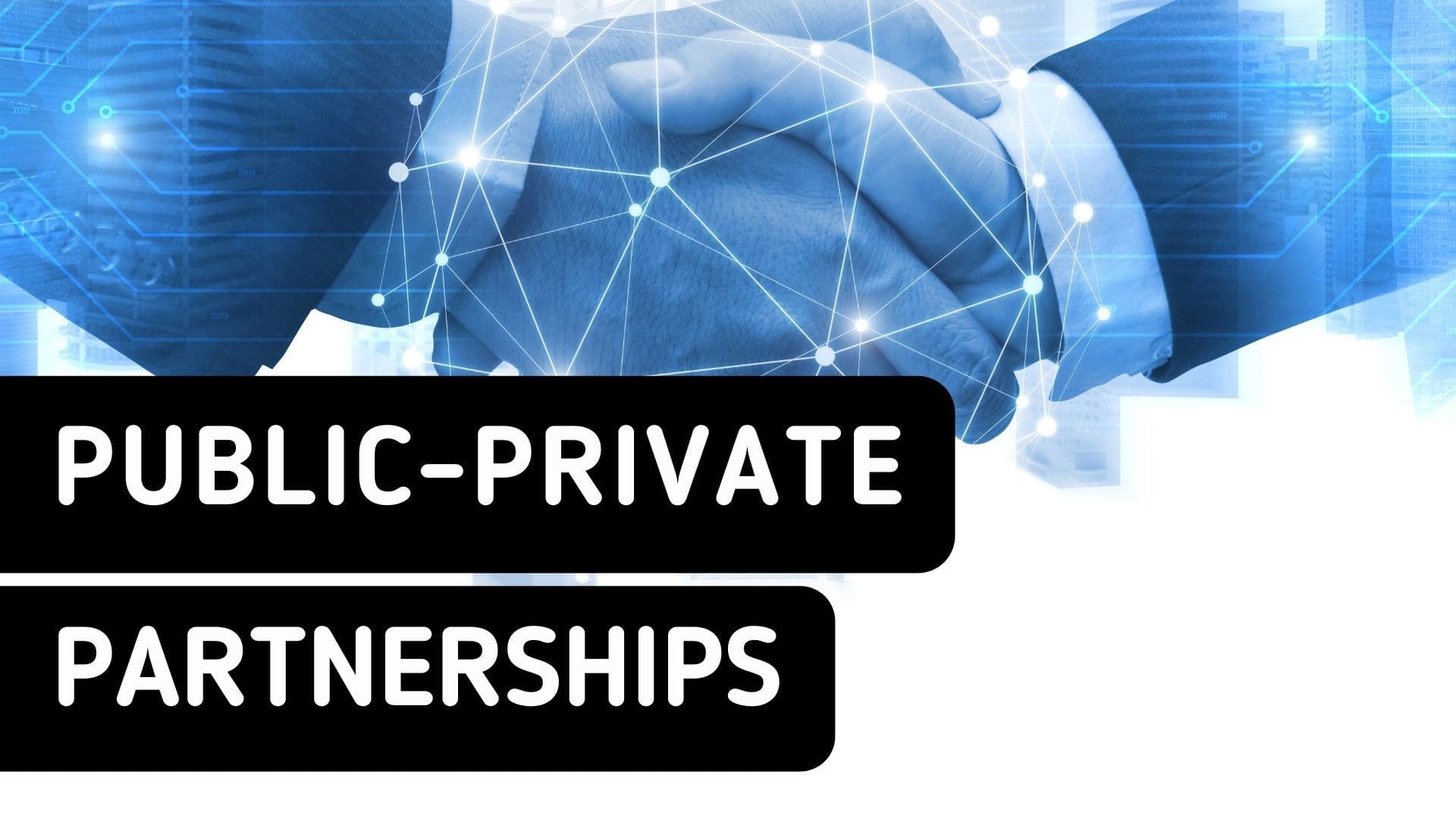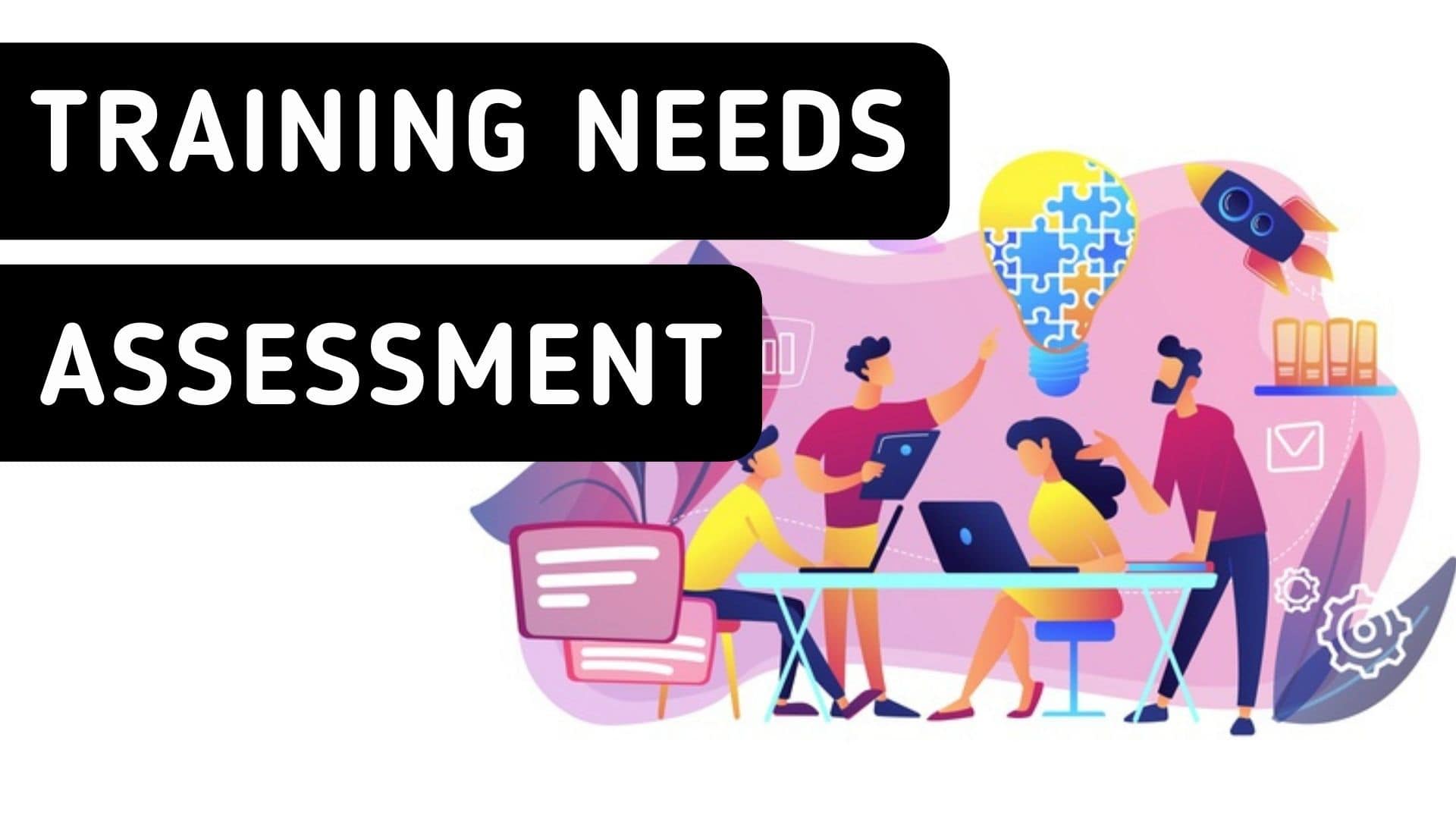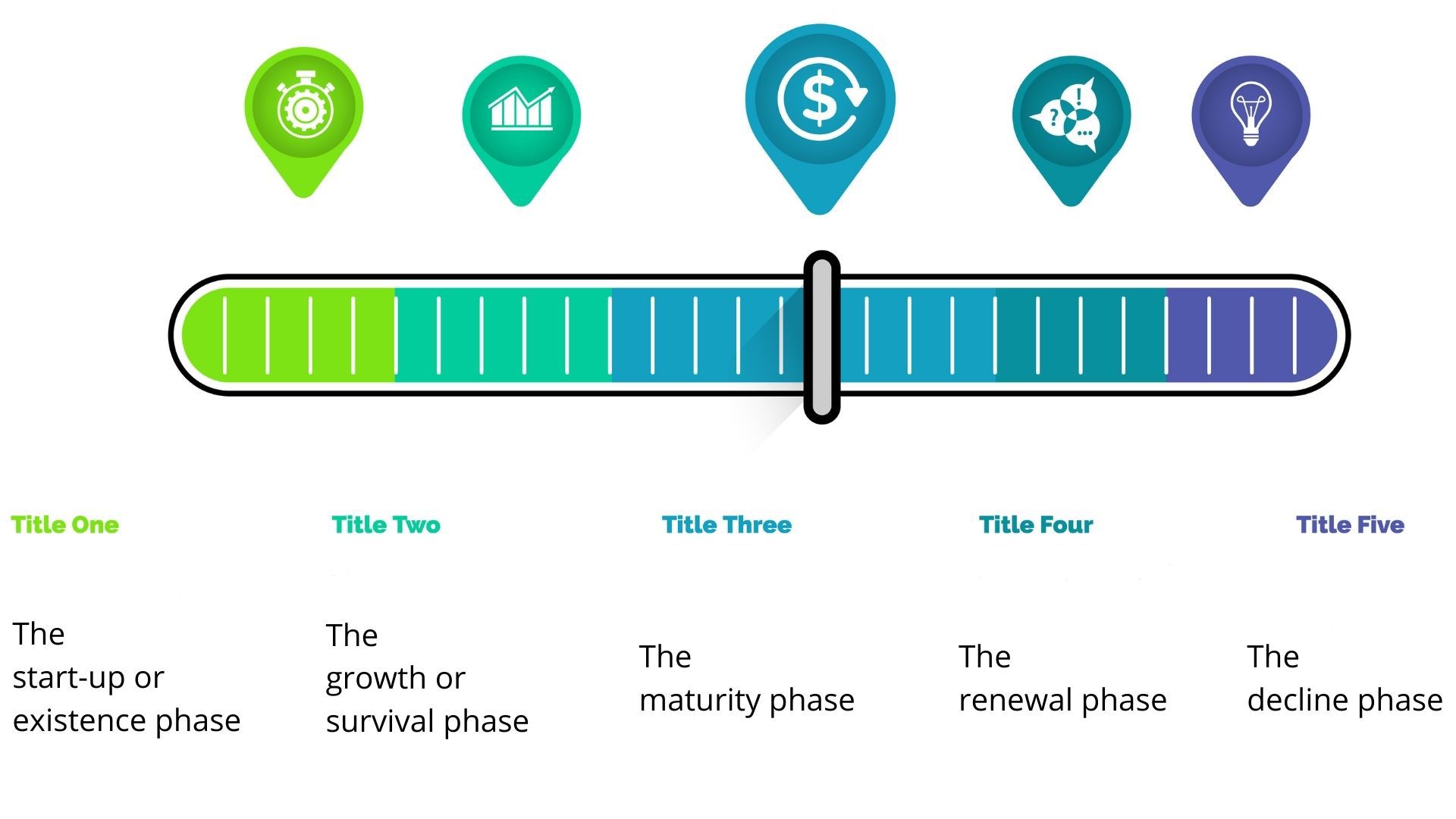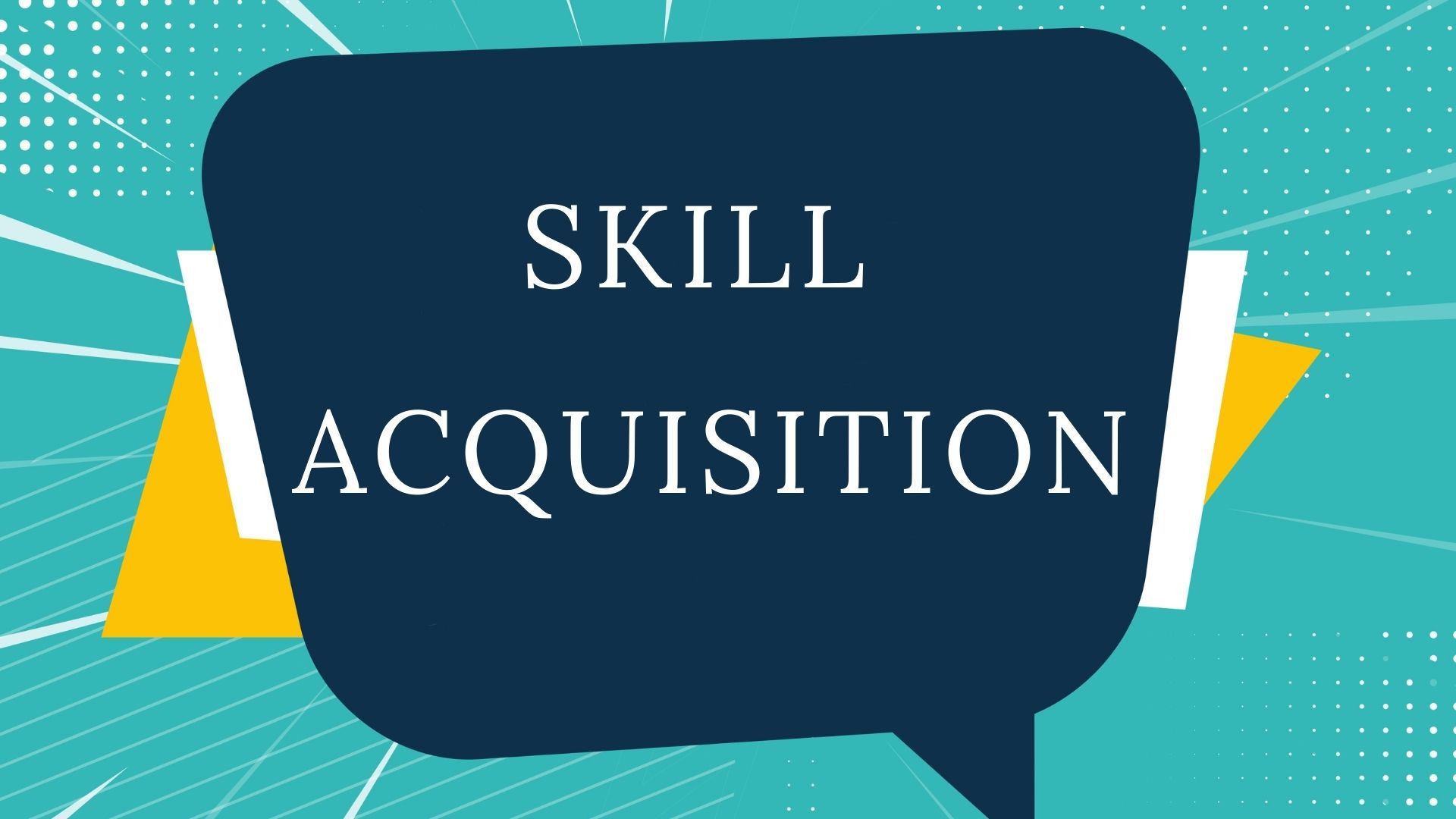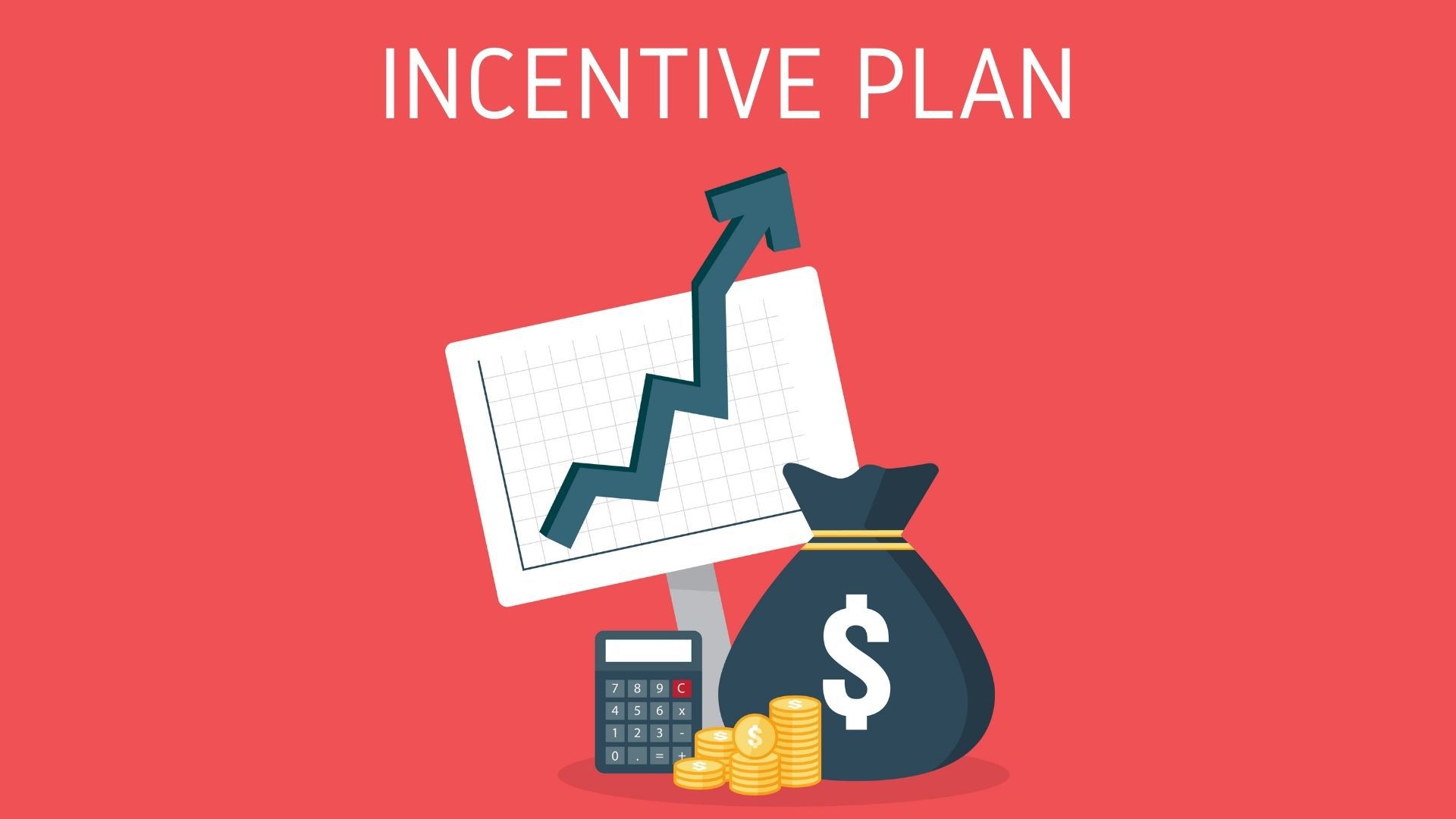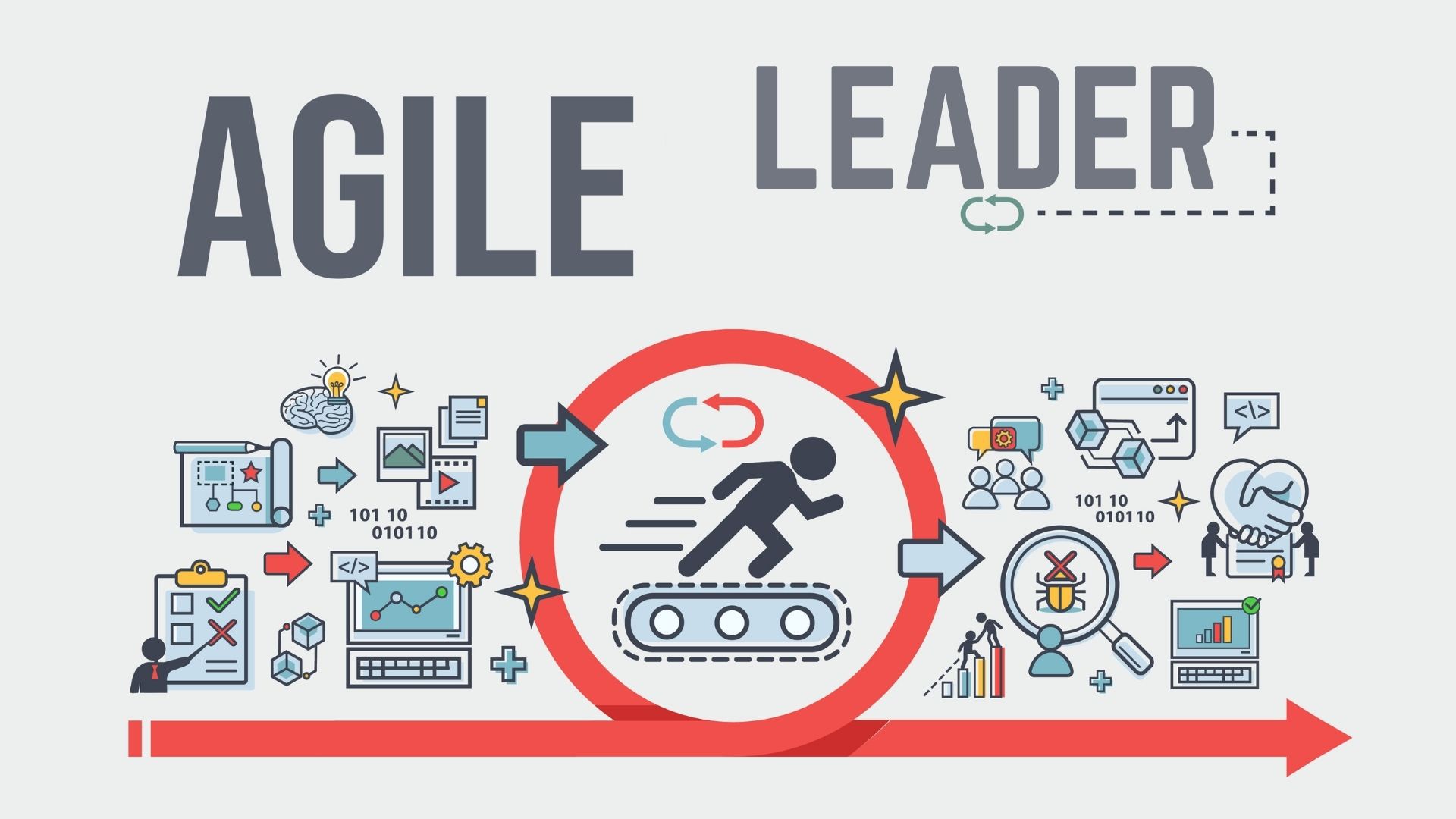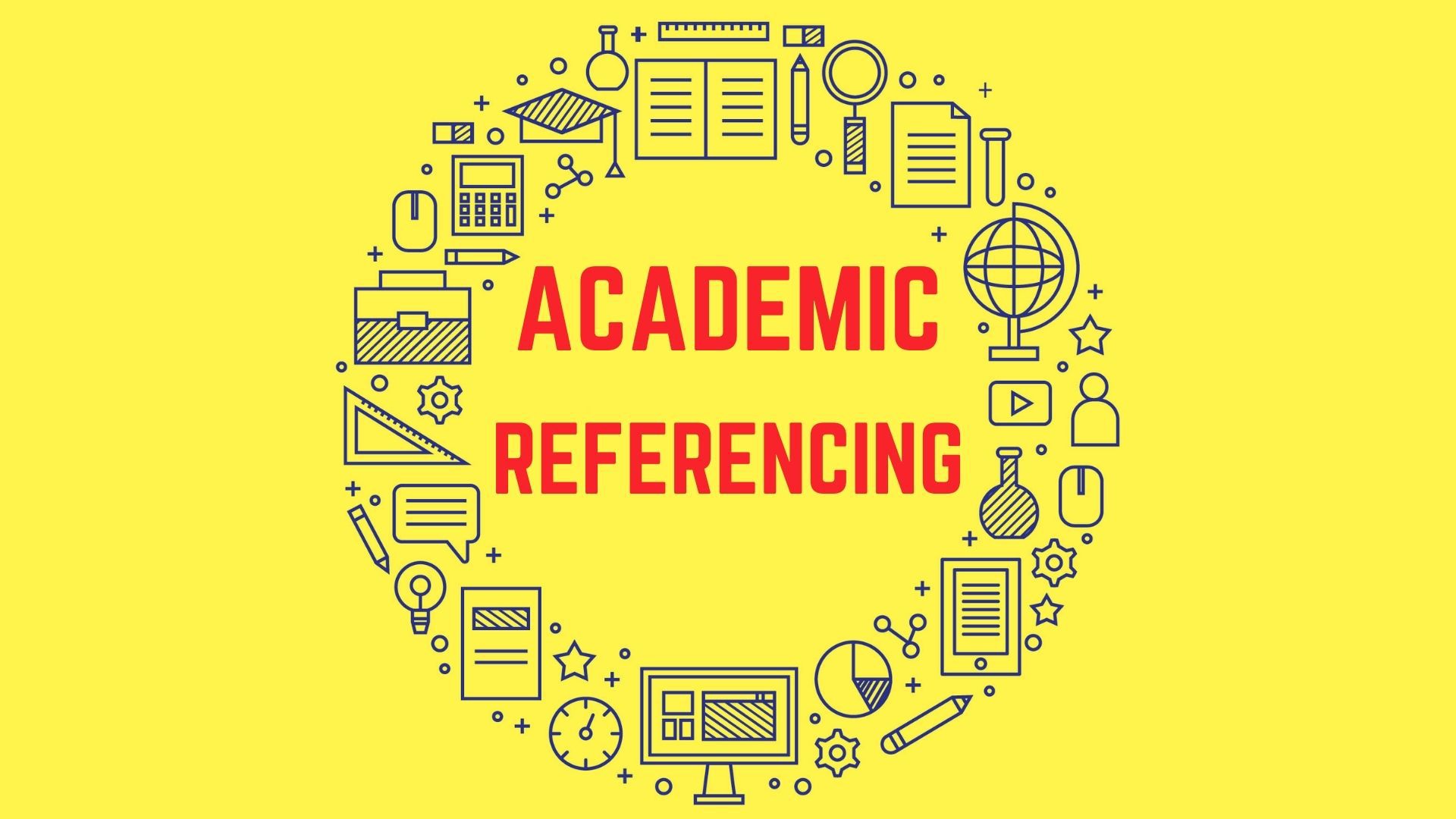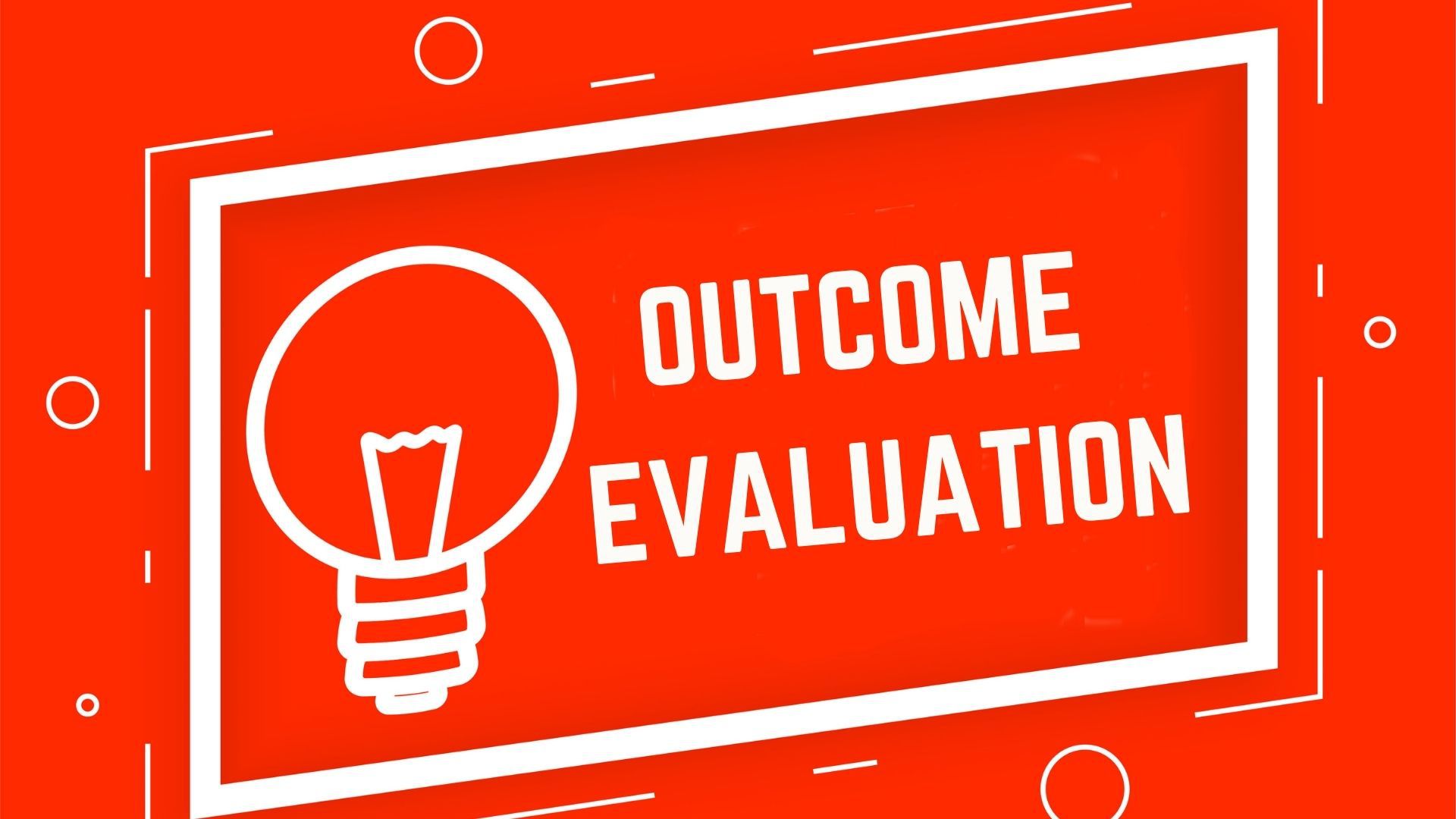What is Workforce Planning? Workforce planning is the process of continuous optimization that helps an organization to align its goals and needs with that of…
What is Demand Planning and Why is it Important?
What is Demand Planning? Demand planning is a process that helps to forecast the demand for a service or a product so that it can…
What is business? – Definition, Nature, Importance, Functions and Channelization
Definition – A Business is any entity or organization which is involved professional, commercial, industrial or charitable activities. Businesses can be both – for profit…
Intrapersonal Communication – Definition, Types and Forms
Intrapersonal communication is the way of communicating that we do with our inner self. It takes place inside our heads, for instance solving any complex problem…
Carl Rogers Theory | Rogers Humanistic Theory of Personality
Carl Ransom Rogers was an American who became a very well-known name in the field of psychology. He was born to Julia and Walter Rogers…
Cornell Note-Taking System – Meaning and how to master it
Cornell note-taking system is a method of writing organized and clear notes so that they prove effective while reading later on. The system is very…
What is a Compressed Workweek Schedule? Pros & Cons
In the bustling rhythm of today’s world, achieving a good work-life balance has become a hot topic. When done right, it can lead to happier,…
Registered Trademark Symbol | Meaning, Usage and how to write?
The registered trademark symbol or ® acknowledges that the preceding symbol or word is a trademark legally registered with the office of the national trademark….
What is Micromanagement? Negative Effects of Micromanaging
Micromanagement is considered counterproductive for a leader as micromanaged employees find the working ambiance around them highly discouraging and frustrating. As per a recent study, high-demanding…
Strategic Marketing – History, Phases, Components and Importance
Strategic Marketing encompasses all the best practices to implement one’s business’s mission and vision, using specific processes to maximize the plan’s outreach. Marketing is the…
Secondary Research – Meaning, Objectives, Process, Pros and Cons
Research is the process of collecting data, analyzing them, and arriving at results or conclusions. A proper research model is designed to conduct studies in…
What is Customer Engagement? Definition, Importance, Strategies & Metrics
Customer engagement is an emotional connection that a customer feels for a brand because of the ongoing interaction between both. It involves all the interactions…
5 M’s of Advertising (Definition and Elements)
What are the 5 M’s of Advertising? 5 m’s of advertising stand for Mission, Money, Message, Media, and Measurement. These five m’s serve different purposes…
Idea Generation – Definition, Sources, Techniques and Examples
Idea generation is developing new ideas and converting them into tangible activities. It entails brainstorming as many ideas as possible, determining how to employ them,…
What is a Communication Plan? Definition and Importance
Definition: A communication plan helps a company plan how to reach its audience. Communications planning helps firms provide a clear, measurable message. Modern marketing methods…
Strategic Planning
Strategic planning is a process an organization uses for making its specific business strategies regarding key decisions, priorities, operations, and implementations in a manner that all…
Promotional Pricing: Definition, Types, Importance and Advantages
What is Promotional Pricing? Promotional pricing is defined as a pricing strategy intended to attract interest and increase sales in the short term. Getting maximum…
Strategic Control – Types, Process and Contribution
Strategic control is defined as finding different methods to implement the strategic plan. It is unique to handle and intends to handle the unknown and…
Sustainable Marketing – Strategy, Importance and Principles
Sustainable marketing is using and promoting the environment to sustainable and socially responsible products, brand values, and practices. Businesses do not implement sustainable marketing for…
Aristotle’s Model of Communication: Definition and Examples
Aristotle’s Model of Communication is a unique communication tool proposed before 300 b.c by the Greek philosopher Aristotle. It is a linear model that puts…
Social Change – Meaning, Theories, Causes, Examples, Importance
What is Social Change? Social change is a concept that explains how the relationships and interactions of people can alter social and cultural values, norms…
Public-Private Partnerships – Meaning, Advantages and Disadvantages
Public-private partnerships are the ones in which a private company funds the construction of a public project in exchange for operating profits. Public-private partnerships can be…
Variable Pay – Definition, Meaning, Types, Importance and Advantages
Definition: Variable pay is any amount of money or sales compensation that is paid to employees on a variable basis and is not consistent but…
HR Specialist – Role, Responsibilities, Requirements, Salary and Educational Qualifications
An HR Specialist in an organization is responsible for enrolling, training, supporting, placing, keeping up records, and overseeing the performance of the employees of an organization….
Listening Skills Explained
Listening skills empower an individual in accurately receiving and interpreting different forms of information, message, or news in a communication process. Listening and hearing may…
Human Capital Management – Definition, Meaning, Functions, and Benefits
Human capital management is a process of hiring, retaining, managing, training, and upgrading the skills of the workforce for the growth and development of an…
Training Needs Assessment -Definition, Meaning, Advantages and Disadvantages
Definition: Training needs assessment is a process that identifies the present level of knowledge, skill, and competency and compares it with the required or established levels…
Organizational Life Cycle – Definition, Stages, Importance
Definition: Organizational life cycle, as the name suggests, is the life cycle of an organization from the point of its creation or onset to the point…
What is Self Image and How do we improve it?
Self Image is an assessment that an individual has about himself. It includes personal worth and an overview of his abilities, identity, qualities, traits, and…
Skill Acquisition – Definition, Importance and Three Stages
Definition: Skill acquisition is the interdisciplinary science specific to the knowledge of and about voluntary control over body segments and joint movements to solve a…
Performance Bonus – Meaning, Usage, Advantages and Disadvantages
Performance bonus is defined as a type of compensation that an organization provides to its employees who go beyond the scope of regular working hours…
Study Skills – Definition, Types, and Importance
Study skills are often referred to as study strategies and academic skills and are considered as an effective approach to learning. These include an array…
Incentive Plan – Definition, Types, Features, Advantages and Disadvantages
An incentive plan is a formal scheme to encourage specific action and behavior and motivate a group or individual performance. Incentives are found to be…
Informal Learning – Definition, Meaning, Types, and Examples
Definition: Informal learning is the learning that takes place outside of a formal and structured environment. It is a learning style where it is the…
What is learning? Definition, PACT Learning Cycle, Concepts, and Advantages
What is learning? Learning is defined as gaining knowledge, preferences, attitudes, behavior, understanding, values, and skill. The ability to learn is most prominent in humans…
What is a Learning Plan and how to create one for yourself?
Definition: A learning plan is a comprehensive document that is used to outline development and learning activities over some time. It is also referred to…
Agile Leadership – Definition, Principles and Characteristics
Agile leadership is a type of leadership style in which leaders understand that one specific way of leading will not fit well with all situations…
Lifelong Learning – Types, Importance and Benefits
Definition: Lifelong learning is an ongoing process for the pursuit of knowledge. The quest to seek either or both formal and informal education for professional…
Academic Referencing – Advantages, Styles and How to do it?
Academic referencing is a way to tell the readers that the data and facts present in the academic article are from a good source. Academic…
Outcome Evaluation – Meaning, Strategies, Characteristics, Advantages & Limitations
Definition: Outcome evaluation is a process where the final result is measured with a systematically conducted assessment. This type of evaluation is governed by a…
